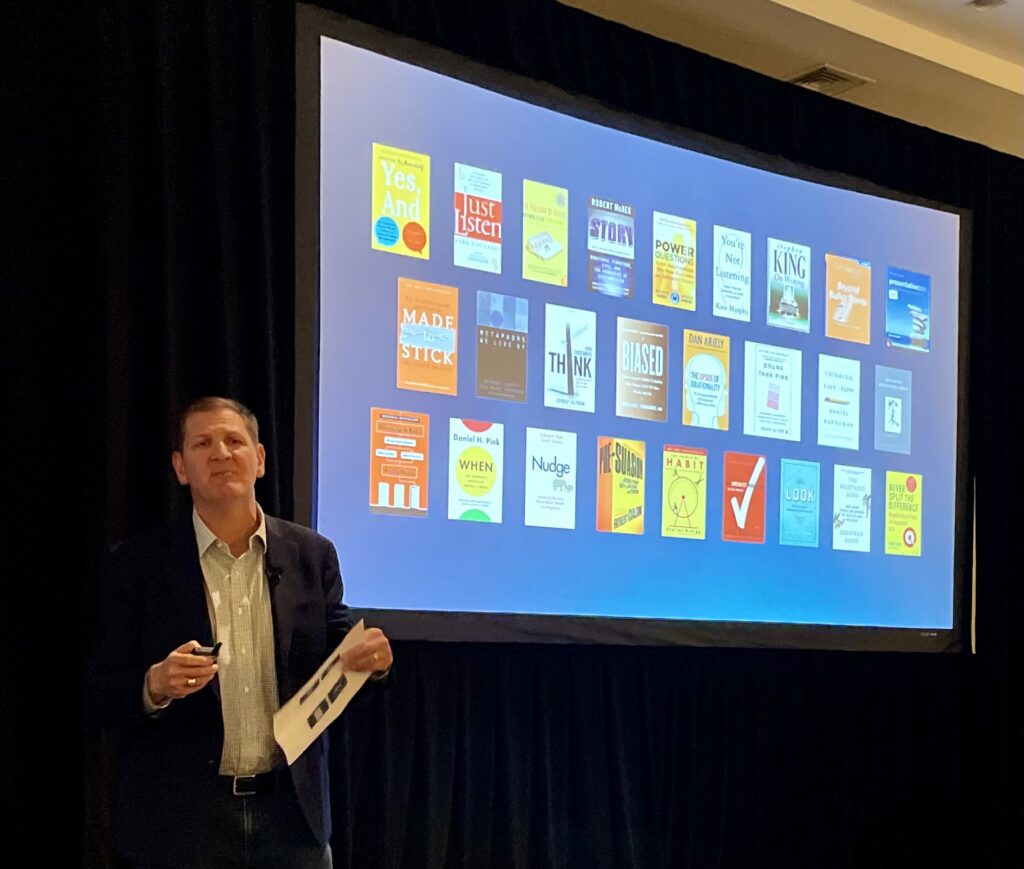




Levinson and Stefani Injury Lawyers
Client-first legal representation for injury victims. Injured? Free Consultation:





During the “Low Budget, High Tech” portion of the New Jersey Association for Justice’s (“NJAJ”) Meadowlands Seminar, Levinson and Stefani Injury Lawyers’ managing partner, Jay Stefani, will present to trial lawyers from across the country. His presentation, “Client Communications in Your PI Practice: There Has to Be a Better, Easier Way,” will focus on utilizing technology to streamline and enhance client communication.
The Meadowlands Seminar 2023 will take place from November 15-17, at the Hilton Meadowlands in East Rutherford, New Jersey. Over the course of three days 21 seminars will be featured.
John A. (Jay) Stefani is the Managing Partner at Levinson and Stefani Injury Lawyers, a Chicago-based boutique firm concentrating on helping victims of truck and automobile crashes. He is active with AAJ, where he is a past chair of the Sole Practitioner & Small Firm Section; the current Content Curator of the Motor Vehicle Section; and an active member of the Trucking Litigation Group and the Ride Share Litigation Group. Jay is also an active member of the Illinois Trial Lawyers Association and the Chicago Bar Association. A DePaul graduate (undergraduate and law school), he continues to be a part of the university acting as a mentor within the DePaul University and College of Law communities and speaking in the law school’s Preparing to Practice (P2P) program. He currently sits on the DePaul Law Alumni Engagement Board and serves as its President.
Levinson and Stefani Injury Lawyers’ founding partner, Ken Levinson, will present on multiple topics during the 2023 Maryland Association for Justice’s (“MAJ”) Auto Negligence Seminar: Litigating Auto and Trucking Cases in State and Federal Court.
During Ken’s 1st presentation, “From Crash to Trial: Strategies for Your Truck Cases,” Ken will provide expert guidance and tips for maximizing results on trucking cases. Ken’s final presentation, “Using Focus Groups to Maximize Your Auto and Truck Cases,” will focus on leveraging focus groups to identify case weaknesses and much more.
MAJ’s 2023 Auto Negligence Seminar will take place on Friday, November 10, 2023, in Pikesville, Maryland.
Ken founded his firm in 2014 in order to offer client-first legal representation for victims of personal injury from auto, truck, and bus crashes. Ken is a co- author of Litigating Major Automobile Injury and Death Cases, published by AAJ Press/Thomson-Reuters. Ken holds leadership roles with the American Association for Justice and sits on the Illinois Trial Lawyers Association Board of Managers.

From July 14-18, trial attorneys from across the country will converge on the Pennsylvania Convention Center in Philadelphia for the American Association for Justice’s (“AAJ”) 2023 Annual Convention.
Levinson and Stefani’s founding partner, Ken Levinson, will be giving the three following presentations:
July 14th: The Melvin M. Belli Societies’ 75th Annual Seminar – “Top Non-Legal Books Trial Lawyers Need for Their Practice.”
July 16th: The Advocacy Track: Freedom of Trial: Methods to Identify and Overcome Various Forms of Jury Bias Program – “What Focus Groups Have Taught Us About Presenting Our Cases.”
July 17th: The Truck/Bus Litigation Group Program – “Most Recent Trends for Focus Groups and Framing Your Client’s Truck and Bus Crash Case.”
Ken founded his firm in 2014 in order to offer client-first legal representation for victims of personal injury from auto, truck, and bus crashes. Ken is a co- author of Litigating Major Automobile Injury and Death Cases, published by AAJ Press/Thomson-Reuters. Ken holds leadership roles with the American Association for Justice and the Chicago Bar Association. Ken also sits on the Illinois Trial Lawyers Association Board of Managers.

Left turns can be deceptively dangerous maneuvers, even if they may seem routine to frequent drivers. According to the NHTSA, about 22.2% of all accidents that occur at intersections involve a left-turning driver. If the driver who intends to turn left is speeding, left turn accidents become even more likely.
While speeding is dangerous for many reasons, it is important to discuss how driving too quickly requires your reaction time to be much quicker. At busy intersections, there are many potential hazards that drivers must react to in order to make a safe left turn.
Speeding also makes it more difficult to control your vehicle. This is especially dangerous during left turns because left-turning drivers must be careful not to encroach on other lanes.
Additionally, speeding makes it difficult for other drivers in the intersection to predict your actions. Even if a left-turning driver signals properly, other drivers may not have enough time to register the signal if the left-turning driver is speeding.
It is also important to note that high speeds increase the severity of left turn accidents. This is especially concerning because left turn collisions at busy intersections often involve vulnerable pedestrians. Moreover, a speeding vehicle intending to turn left may collide with oncoming traffic that is also moving at high speeds, leading to a catastrophic T-bone or head on collision.
Let’s go over some specific scenarios that illustrate the risks that we mentioned above:
Speeding can make any maneuver more dangerous, especially left turns. It is always better to approach your left turn with caution and employ defensive driving techniques.
Luckily, there are a number of things you can do to make your left turns safer in addition to slowing down:
Left turns can be stressful and complex even if you are driving safely. There are many variables to consider, such as oncoming traffic, pedestrians, signal changes, and the type of intersection. Adding speeding and other types of reckless driving (like phone use and other distractions) into the mix can be extremely dangerous and even catastrophic.
By avoiding speeding and following these additional safety tips, you can help make our roads safer for yourself and others.

When we think about distracted driving, certain types of distractions come to mind. Phone usage, eating while driving, and adjusting the radio are often mentioned as particularly dangerous habits. But did you know that conversing with a passenger can also be a dangerous distraction? One study from the University of Michigan has even compared the level of distraction that occurs when talking to a passenger to that of texting on a cell phone.
This is because talking to passengers while driving can divert your attention away from the driving task at hand and cause you to miss important visual cues like the presence of a pedestrian. Even if your eyes remain on the road, your attention might waiver to the conversation between you and the passenger.
Remaining attentive when driving is always important, but distractions are especially risky when making left turns. Left turn are notoriously dangerous maneuvers even if they may seem routine to the average driver. This is because drivers must be aware of multiple hazards, including oncoming traffic and pedestrians.
Let’s dive in to some of the specific ways that a conversation with a passenger can cause a collision during a left turn:
If a left-turning driver is distracted, there are multiple points during the course of the turn where a collision is likely to occur. Let’s dive in to some of these possible collisions:
According to the National Highway Traffic Safety Administration (NHTSA), distracted driving is a factor in approximately 15% of all fatal crashes. Talking to passengers is one of the most common forms of distracted driving, especially among younger drivers.
However, we are aware that occasional communication with a passenger while driving is not entirely avoidable. For that reason, we would like to cover some tips to keep in mind to remain attentive while driving:
Talking to passengers while driving can be a distraction, just like phone use or eating while driving. It is important to remember that, even though your eyes may remain on the road, your brain may be preoccupied with the conversation at hand. This can lead to dangerous collisions and cause serious harm to yourself or others.
For that reason, it is important to give driving your full attention, especially during left turns. You should be able to focus fully on pedestrian activity, oncoming traffic, and other traffic activity in the intersection where you intend to turn. Remember, safety first!